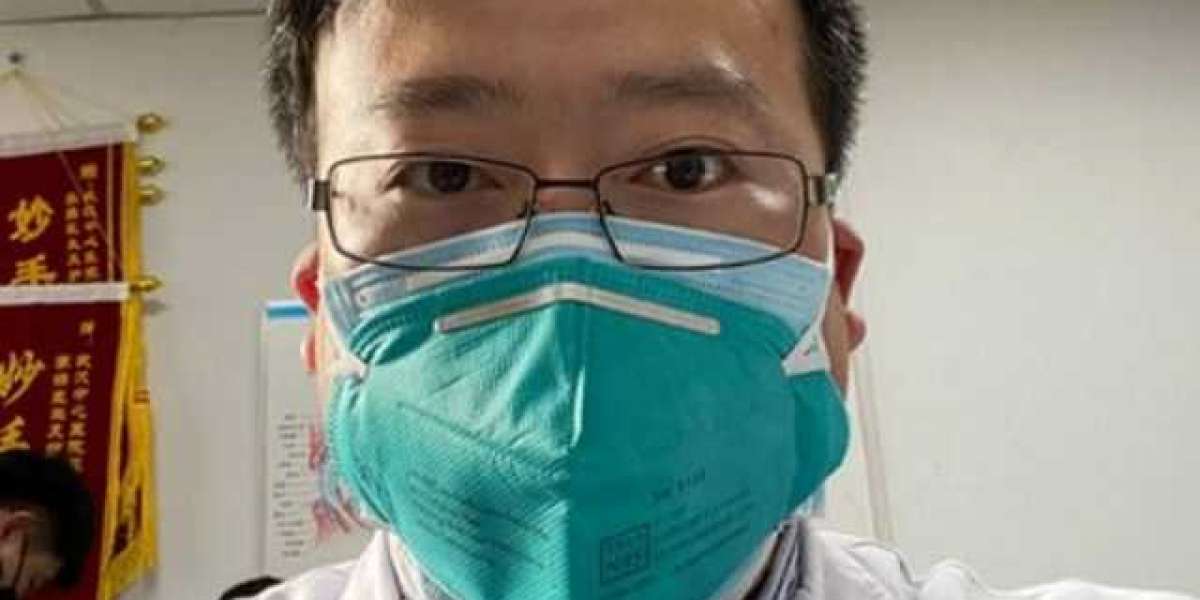However, this digital transformation has also introduced significant security vulnerabilities that malicious actors actively exploit. The critical importance of cybersecurity in healthcare cannot be overstated, as breaches can disrupt life-saving treatments, compromise patient confidentiality, and undermine public trust in healthcare institutions.
Sophisticated Attack Vectors Targeting Medical Systems
Healthcare organizations face an increasingly complex threat landscape characterized by advanced persistent threats, financially motivated cybercriminals, and state-sponsored actors seeking valuable medical research data. Cybersecurity threats in healthcare have evolved beyond traditional malware and phishing attacks to include sophisticated campaigns that specifically target medical devices, research databases, and clinical networks. These attacks often employ multiple attack vectors simultaneously, making detection and mitigation significantly more challenging.
Double extortion ransomware attacks have become particularly devastating for healthcare providers. In these scenarios, attackers not only encrypt critical systems but also threaten to publicly release stolen patient data unless ransom demands are met. This dual pressure tactic puts healthcare organizations in an impossible position, as they must consider both operational recovery and patient privacy protection when responding to such incidents.
Medical device hijacking represents an emerging threat category that directly impacts patient safety. Attackers can potentially manipulate connected medical devices such as insulin pumps, pacemakers, or ventilators, creating life-threatening situations for patients. The FDA has issued multiple alerts regarding vulnerabilities in medical devices, highlighting the urgent need for manufacturers and healthcare providers to address these security gaps.
API-based attacks targeting healthcare applications have surged as organizations increasingly rely on application programming interfaces to integrate disparate systems and enable data sharing. Poorly secured APIs can provide attackers with direct access to patient databases and clinical systems, often bypassing traditional perimeter security controls.
Operational and Regulatory Compliance Challenges
Healthcare organizations must navigate a complex web of operational constraints and regulatory requirements that significantly impact their cybersecurity strategies and implementations. The challenges of cyber security in healthcare environments are amplified by the need to maintain continuous operations, comply with strict privacy regulations, and ensure that security measures do not interfere with patient care delivery. These competing priorities create a unique set of challenges that require specialized approaches and solutions.
HIPAA compliance requirements add layers of complexity to cybersecurity implementations, as organizations must ensure that all security measures support rather than conflict with patient privacy protections. This includes considerations around data encryption, access logging, breach notification procedures, and vendor risk management. International healthcare organizations face additional complexity with regulations such as GDPR, which impose different requirements for data protection and breach notification.
The 24/7 operational nature of healthcare creates unique challenges for implementing security updates and maintenance procedures. Unlike other industries where systems can be taken offline during scheduled maintenance windows, healthcare systems must maintain continuous availability to support emergency care and critical patient monitoring. This constraint requires innovative approaches to security maintenance and update deployment.
Staff turnover and training challenges further complicate cybersecurity efforts in healthcare environments. High turnover rates among clinical staff mean that security training programs must be continuously delivered and updated. Additionally, temporary staff and contractors may not receive the same level of security training as permanent employees, creating potential vulnerabilities in the human security layer.
Advanced Security Technologies and Methodologies
Modern healthcare cybersecurity requires sophisticated technical solutions that can adapt to the unique requirements and constraints of medical environments. Healthcare cybersecurity solutions must leverage advanced technologies and methodologies to provide comprehensive protection while supporting clinical workflows and regulatory compliance. These solutions increasingly rely on artificial intelligence, machine learning, and behavioral analytics to detect and respond to threats in real-time.
Micro-segmentation technologies enable healthcare organizations to create granular network zones that limit the potential impact of security breaches. By isolating critical systems and sensitive data within carefully controlled network segments, organizations can prevent lateral movement by attackers and contain security incidents more effectively. This approach is particularly valuable in healthcare environments where different systems have varying security requirements and risk profiles.
Behavioral analytics platforms use machine learning algorithms to establish baseline patterns of user and system behavior, enabling the detection of anomalous activities that may indicate security threats. These systems can identify subtle changes in user behavior, unusual data access patterns, or abnormal system communications that traditional security tools might miss.
Endpoint detection and response solutions provide comprehensive monitoring and protection for all devices connecting to healthcare networks, including medical devices, workstations, and mobile devices. These solutions offer real-time threat detection, automated response capabilities, and forensic analysis tools that help security teams quickly identify and remediate security incidents.
Future-Proofing Healthcare Security Infrastructure
The evolving landscape of healthcare technology and cyber threats requires forward-thinking approaches to security planning and implementation. The integration of cybersecurity and healthcare technologies will continue to drive innovation in both fields, creating new opportunities for protecting patient data and clinical systems while enabling advanced medical care delivery. Healthcare organizations must prepare for emerging technologies and threat vectors while building flexible security architectures that can adapt to changing requirements.
Quantum computing represents both an opportunity and a threat for healthcare cybersecurity. While quantum technologies promise to enable new forms of encryption and security analysis, they also threaten to render current cryptographic protections obsolete. Healthcare organizations must begin planning for the post-quantum cryptography era to ensure long-term data protection.
Edge computing deployments in healthcare will require new security models that can protect data and systems at the network edge while maintaining centralized visibility and control. As medical devices become more sophisticated and autonomous, security controls must be embedded directly into these systems rather than relying solely on network-based protections.
The increasing use of telemedicine and remote patient monitoring creates new security challenges that extend beyond traditional healthcare facility boundaries. Security solutions must protect patient data and clinical communications across diverse networks and devices while maintaining the user experience that enables effective remote care delivery.
Collaborative security approaches will become increasingly important as healthcare organizations recognize that cyber threats affect the entire healthcare ecosystem. Information sharing initiatives, coordinated threat response programs, and industry-wide security standards will help healthcare organizations collectively improve their security posture and resilience against sophisticated cyber threats.
Latest Reports:-
Primary Mediastinal Large B-Cell Lymphoma Market | Propionic Acidemia Market | Proteus Syndrome Market | Psoriasis Vulgaris Market | Ranibizumab Biosimilar Insights | Respiratory Syncytial Virus Infections Market | Rubella Market | Surgical Bleeding Market | Surgical Mask & Respirator Market | Systemic Inflammatory Response Syndrome Market | Systemic Lupus Erythematosus Market | Tendinopathy Market |Tonic Clonic Seizure Market | Urology Ultrasounds Devices Market | Vascular Imaging Devices Market | Microscopy Device Market | Myelodysplastic Syndrome With Excess Blasts2 Market | Orthopedic Splints Device Market | Liquid Biospy For Cancer Diagnostics Market | ADHD Market | Myeloproliferative Neoplasms Market | Ascites Market | Short Bowel Syndrome Market | Artificial Disc Market | Gastroesophageal Junction Adenocarcinoma Market | Immune Checkpoints Activators Market | Pediatric Brain Tumor Market | Peripheral Nerve Injuries Market | Spinal Trauma Devices Market | Tardive Dyskinesia Market | Transcatheter Treatment Market | Type 1 Diabetes Market | Uncomplicated Urinary Tract Infection Market |
Other Reports:-
https://www.delveinsight.com/sample-request/stress-urinary-incontinence-pipeline-insight
https://www.delveinsight.com/sample-request/pulmonary-fibrosis-pipeline-insight
https://www.delveinsight.com/sample-request/cocaine-use-disorder-pipeline-insight
https://www.delveinsight.com/sample-request/severe-hypertriglyceridemia-shtg-pipeline-insight
https://www.delveinsight.com/sample-request/acute-heart-failure-ahf-pipeline-insight
https://www.delveinsight.com/sample-request/metastatic-melanoma-pipeline-insight
https://www.delveinsight.com/sample-request/farbers-disease-pipeline-insight
https://www.delveinsight.com/sample-request/integrase-inhibitor-pipeline-insight








